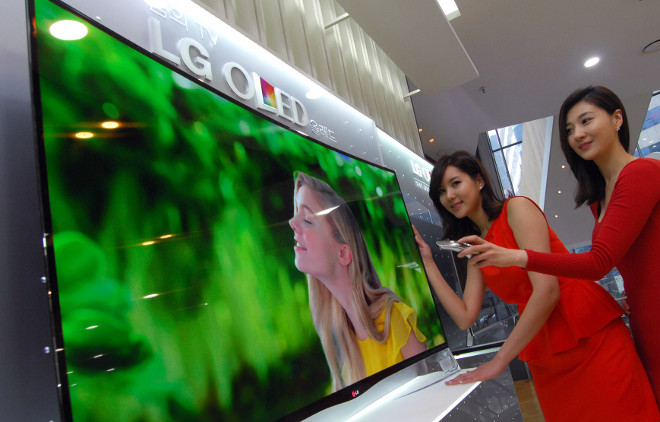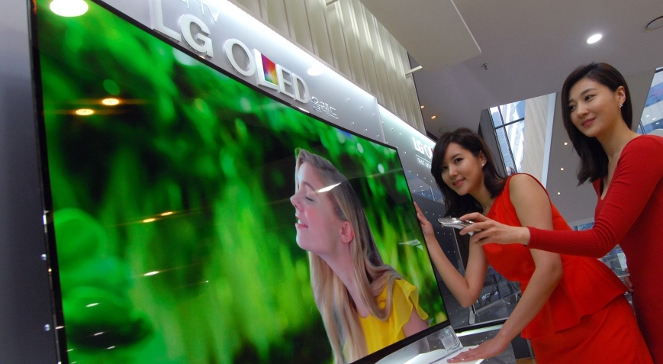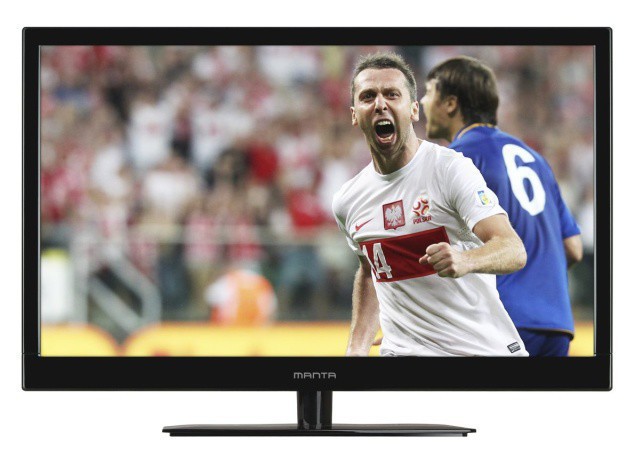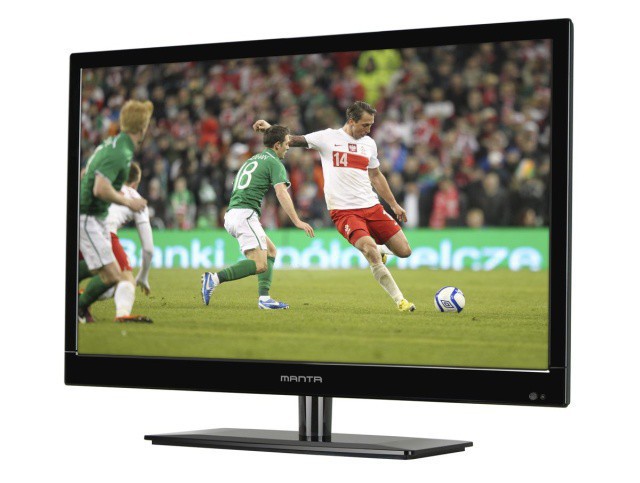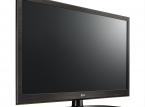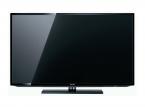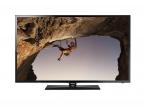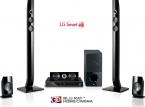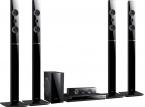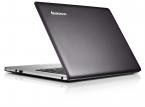matrix: LCD, LED or PDP?
first dilemma we face, looking for your dream TV, the choice of the matrix. As in aged CRT monitors CRT-matrix already gone down in history, our choice is currently limited to three technologies.
LCD – even one – two years ago, the most common type of matrix. It offers a stable and sharp images as. Black is not as intense as in the case of LED and plasma TVs. Currently LCD slowly descends from the market, giving preeminence LED TVs.
LED – sets it apart from the LCD backlight technology especially image. In the case of the LCD there is a backlit and LED TVs these backlit edge. Thus LEDs are lighter, slimmer and more energy efficient than their older competitors.
PDP – a popular plasma. PDP Arrays are perfect for the larger rooms. They offer deep blacks and vivid colors. The quality of it is unfortunately pay. Plasma TVs are still by far the most expensive on the market. In addition, they are also very “energo?erne”.
In the current situation seem to be the most reasonable choice of LED TVs. They represent a compromise between the attractive price and characterized by receivers LCD picture quality offered by plasma. For larger rooms (and a larger budget), it is worth to invest in PDP matrices that best reflects “a cinematic”.
refresh. What is it?
The general principle is: the more hertz, the better. Higher refresh rates for better frames per second. This in turn translates into a smoother image.
currently on the market less and less TV encounter with a frequency below 100 Hz (if it is, rather, a matrix LCDs). 100 Hz is the absolute minimum. Investing in equipment with a lower frequency goes up this point.
Experts point out that in order to fully enjoy your movies in full HD should equip themselves with the receiver with a frequency of 200 Hz. Is it worth the extra money to invest in 300 (or more) Hertz? Yes, but only if we are interested in 3D content. Just why do we need 3D
See also:
- grand opening of the first Polish showroom Samsung Brand Store »
- YouTube is considering the introduction of paid premium content. What next for the free video on the web? »
Digital - protection (DRM) – the biggest enemy of the games »
- Techno-profiles: Loved and hated Bill Gates »
Screen. Too much is not healthy
course, you can insert a 60-inch TV room measuring 10 m2. However, this will result in a rapid loss of vision. The average size living room ideal for TVs 40 -, 42 – and 46-inch. To buy a receiver more than 60 inches should choose only real kinomaniacy who have conditions to change your room into a movie theater.
What the popular TV 32-inch? Also ideal for small spaces such as a bedroom. There is only one caveat: those who choose to replace their worn-out CRT TVs, often live in the mistaken belief that 32 inches is a lot. This is because the 26 – 28-inch CRT TV chunky always seems bigger than it is. In the case of a 32-inch slim LED TV this impression disappears and we are left with the receiver-like “oversized” computer monitor.
SMART functions, 3D and other lures
all like extras and freebies. Unfortunately, the TV has a policy – there is nothing for free. For every additional feature comes to us pay the tens and even hundreds of dollars more. Is the game worth the candle?
In the case of SMART definitely yes. SMART is a wide range of multimedia extras such as the wireless streaming video from your PC and other devices (DLNA), access to interesting applications and internet VOD services, etc. As long as we have available additional funds, it is really worth it to choose one of the models SMART TV. It is, however, some caution: in the case of the cheaper (and weaker hardware) TV equipped with SMART features do not always exercise as they should.
Using a Web browser and YouTube on your TV screen is a great thing, but if one party is charged for several minutes, and the animation is relentlessly jamming, the whole game pointless. In short – if SMART TV, it is best for models above 2000 – 2500 z?.
the 3D function the situation is quite different. Of course, manufacturers are telling us that it is a fantastic feature and should make a few hundred dollars to a 3D TV. Nothing could be further from the truth. The truth is that 3D technology has proved to be a complete flop. It’s not just that compared to the cinema 3D effect, this TV looks mediocre at best. The problem is mainly a lack of appropriate content. Movies and TV shows in 3D is almost nonexistent. Is it worth it to spend a few hundred dollars for the service that we use several times? No, not worth it. Our task is not to waste storage of 3D TVs lingering there. Let us drink beer producers who themselves nawa?yli.
connections and links
terminals on the TV are divided into three categories: 1) those that use 2) those that you no longer use 3) those that we will not use ever. The first category includes mostly popular HDMI connection. Connect to the most of our peripheral devices – digital set-top boxes, laptops, cameras, game consoles, etc. It is worth to invest in a TV that has at least 3 – 4 HDMI inputs. This will prevent us from horribly inconvenient and time-consuming maneuvering cables. Another important element is the USB connection – in case we want to see a movie or photo with pen-drive. If the photographs in question, it may be useful to us reader. Unfortunately, most manufacturers forget about it – which is a pity.
If we set the TV near the router or cable modem, you should pay attention to the speed RJ-45, which is a popular LAN. Thanks to the TV is connected directly to the Internet “on the cord.” Why – when you can use the wireless interface, Wi-Fi? The answer is simple: In order to save. For the Wi-Fi most of the producers wish extra money (often it is also sold separately).
The second category is the older analog inputs, which, although still on the case are placed by the manufacturers in their equipment, they already do not use them. This category includes the S-Video connector, D-Sub, mini-jack (sometimes still useful), Component (RCA) and SCART (SCART or famous). In the digital age, however, all will go soon to technological dustbin.
The last category includes two connectors, which are not used – and we should. The first is the TOSLINK – standard transfer digital audio (S / PDIF). We can use it for example when you want to connect to a TV high quality audio equipment (receiver and speakers). The last connector – CI (Common Inteface) do not use but not our fault, and the fault of the cable operators and digital platforms. Not everyone knows it, but to enjoy the hundreds of digital channels, do not we need a big black decoder. Just pre-built into the TV CI interface, which put a special module and you can enjoy our range of TV. Unfortunately, most operators still treats CI neglect. Some external modules offer only on request. Others have in their offer only traditional set-top boxes.
There should also find a paragraph on an integrated DVB-T, which is necessary for the reception of digital television. Today it is hard to find a TV that did not have such a tuner.
sum …
At the end of three practical tips that may be useful when buying your dream TV:
Watch in the “real world”, buy online – do not be afraid to shop online. It really does not hurt. Between cartoons can put the stories of broken and damaged television sets provided by couriers. Of course, such situations do happen – but rarely. When you buy online, you can save money on buying a TV up to several hundred dollars. We shall also be possible to return the goods within 10 days of purchase.
Avoid exposure televisions – if you buy a TV in a store, a salesman at 90 percent. propose the sale of a receiver of exposure. Of course, the appropriate discount. These televisions often have dozens or even hundreds of hours of “progress”. Even if you store everything seems to be fine, after a few weeks of coming for a nasty surprise.
Configure your TV – most TVs is factory set so. Demonstration mode. This allows the image to shop looks great, but when we turn on the TV at home – can be unpleasantly disappointed. The picture will be too sharp and too bright. It is worth spending an extra hour to adjust contrast, sharpness, and other TV settings to your liking.
- src=”http://g.gazetaprawna.pl/gp/img_flamenco/whitePage/dotAutor.png”
![]() nC +: politykuj? politicians and critics criticize
nC +: politykuj? politicians and critics criticize - src=”http://g.gazetaprawna.pl/gp/img_flamenco/whitePage/dotAutor.png”
![]() most expensive gadgets in the world
most expensive gadgets in the world
See other articles by this author »
Daniel Maikowski
daniel.maikowski @ infor.pl
Author:
- src=”http://g.gazetaprawna.pl/gp/img_flamenco/whitePage/liArtMore3.gif”
![]() most iconic game series in history
most iconic game series in history
related articles

